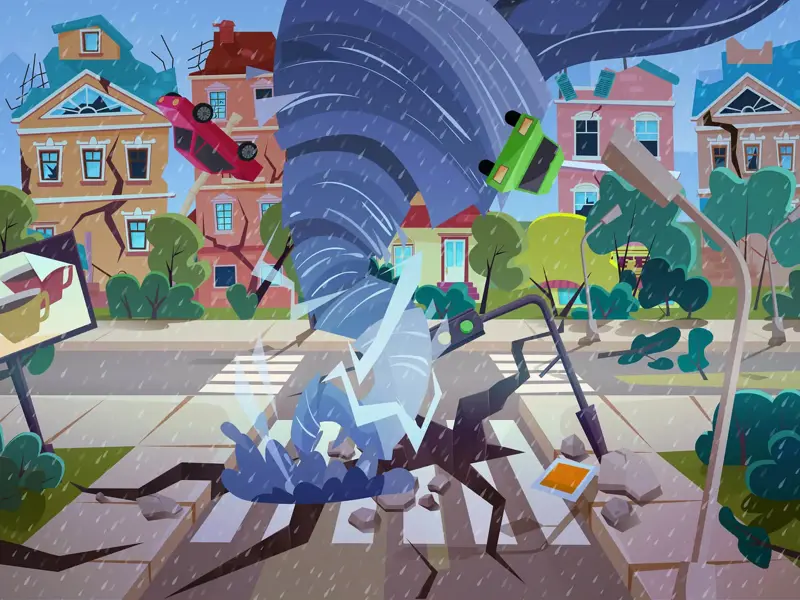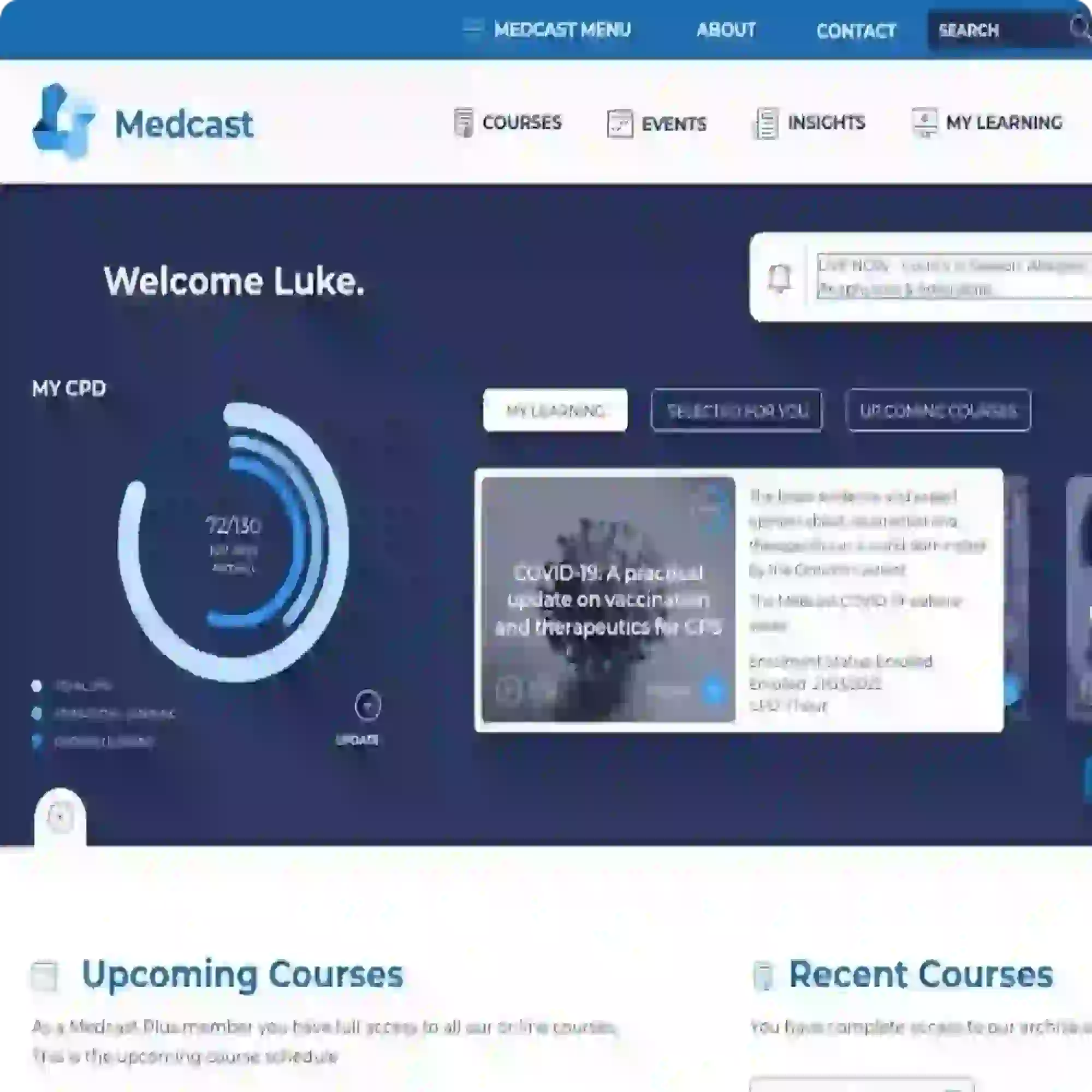Medcast news and blog
Clinical reasoning and the KFP exam
In our day-to-day work as a GP, we undertake clinical reasoning with nearly every patient, mostly subconsciously. However, in preparation for the KFP exam, it can be helpful to deconstruct the clinical reasoning process. Hence this blog!
READ ON
This Hot Topics Keep it Simple Summary is a guide to evidence based medicine in 2020, straight from our UK partners, NB Medical.

“That was a disaster. I ran out of time. I didn’t answer the question. I definitely failed that case”. As a Medical educator I’ve heard it a thousand times, and you’ve probably found yourself saying or thinking it.

How a good knowledge of fiction will help you pass the AKT (Part 1 of 4)

How a good knowledge of fiction will help you pass the AKT (Part 2 of 4)

How a good knowledge of fiction will help you pass the AKT (Part 3 of 4)

How a good knowledge of fiction will help you pass the AKT (Part 4 of 4)

As a GP, we are undertaking clinical reasoning with nearly every patient that we see. It is most often automatic. However, in preparation for the KFP exam, it can be helpful to deconstruct the clinical reasoning process. The ultimate goal, however, is to make us better clinicians, not just to pass the exam!

In all OSCE cases, you have three minutes of reading time. One of the tricks of success is optimising that three minutes.

It may seem melodramatic to compare a tricky OSCE station to a plane crash, but stay with me for a moment.
